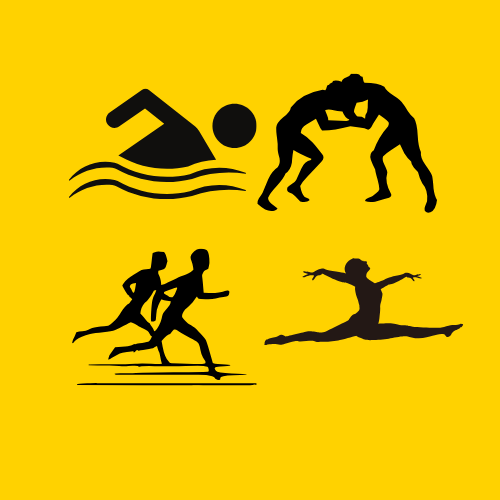
Unleashing the Power of Your Freestyle Kick
When it comes to swimming freestyle, your kick is more than just an accessory—it's vital for propulsion, balance, and efficiency in the water. For athletes aged 18-45, understanding the dynamics of your kick can significantly improve performance, whether in practice or competition. This article dives deep into the different types of freestyle kicks, including the flutter kick, which is considered the gold standard.
Understanding the Flutter Kick: The Backbone of Freestyle
The flutter kick, consistently acknowledged as the foundational kick for freestyle swimming, isn’t just crucial for propulsion; it serves multiple functions that position you for optimal performance. As discussed in the U.S. Masters Swimming guide, this alternating leg kick incorporates both an upbeat and downbeat motion, powered by specific muscle groups, including quads and hip flexors for downbeat, and hamstrings and glutes for upbeat.
While the flutter kick may not be the primary driver of speed, its role in maintaining body alignment and reducing drag cannot be overlooked. A well-executed flutter kick keeps your hips elevated and allows for smoother arm strokes, facilitating an effective freestyle stroke.
Drilling Down on Kick Technique: Common Mistakes to Avoid
Many swimmers make the mistake of kicking with exaggerated knee bends or high amplitude, which sacrifices speed for splash. As noted in 'How to Improve Your Freestyle Kick,' ideal technique is characterized by a narrow, hip-driven kick that minimizes drag. Swimmers often fail to recognize that their legs can create significant propulsion when the kick is executed with proper technique—short, fast kicks that maintain an aligned body position.
To overcome these inefficiencies, swimmers should prioritize technique drills that reinforce correct kicking mechanics. For instance, vertical kicking challenges your ability to maintain a powerful kick while omitting arm use, useful for identifying inefficiencies in your kick.
Kick Types: Finding Your Rhythm
Kicking isn’t just about speed; it’s about rhythm and timing too. There are various kicking patterns—two-beat, four-beat, and six-beat—that all serve to enhance fluidity and speed, especially during race conditions. The U.S. Masters Swimming guide outlines that a two-beat pattern can provide a more natural coordination with your arm strokes, while a six-beat pattern adds significant propulsion, essential for sprinting events.
Knowing when and how to employ different kicking patterns is essential for effective training. As swimmers learn to integrate varied kick styles during practice sessions, they become better prepared to flip the switch in tempos during races, all while conserving energy.
Advanced Drills to Optimize Your Freestyle Kick
Swimming coaches recommend several targeted exercises that can sharpen your kicking technique. The following drills can be integrated into regular training sessions:
- Streamline Kick on Your Back: This drill promotes proper body alignment, forcing swimmers to keep their hips high while controlling their kick.
- Vertical Kicking: A classic way to test kick efficiency, vertical kicking isolates your legs and reinforces kick drive, encouraging recovery and control.
- Tombstone Drill: This involves using a kickboard to emphasize the propulsion aspect of kicking while building awareness of resistance.
The Emotional Component: Mastering Your Kick
As any swimmer can attest, the mental game is a crucial element of effective training. Swimmers often experience frustration during kick drills, leading to negative associations with the work. Building confidence in your kick through consistent practice not only boosts performance but fortifies mental fortitude. Embracing the challenge and celebrating small victories will make the process enjoyable and lead to better results over time.
Final Thoughts: What’s Next?
With dedication and practice, you’ll find that improving your freestyle kick isn’t just feasible—it’s crucial for elevating your overall swimming performance. By focusing on efficient technique, incorporating targeted drills, and maintaining a positive mindset throughout, you will transform your swimming experience. So lace up those goggles, hit the pool, and start kicking your way to success!
Ready to Dive In?
If you’re looking for tailored coaching and training plans to further refine your technique, consider joining a swimming club or signing up for a swim camp. Don’t let the challenges of swimming hold you back—take the plunge and elevate your performance today!
 Add Row
Add Row  Add
Add 




Write A Comment